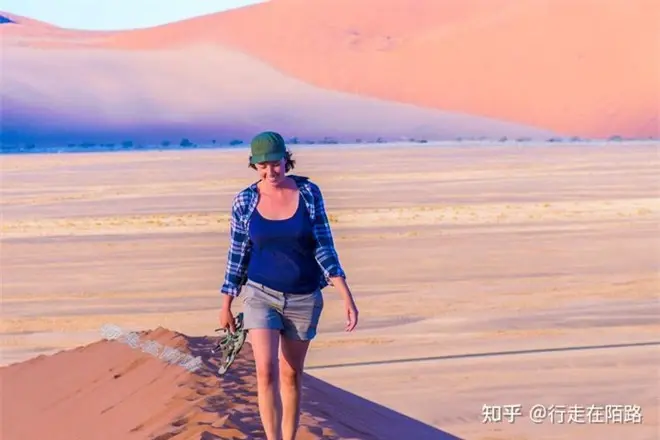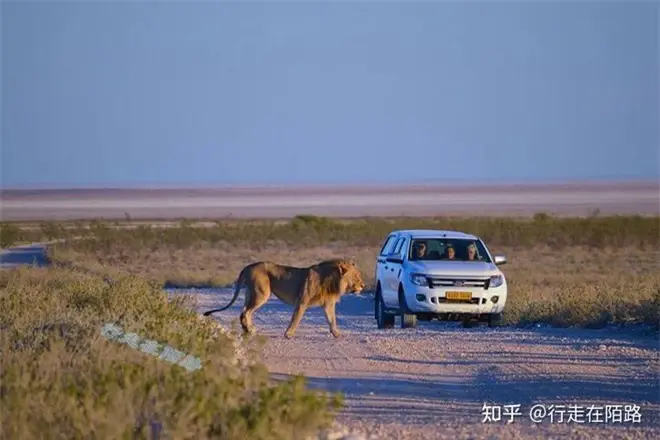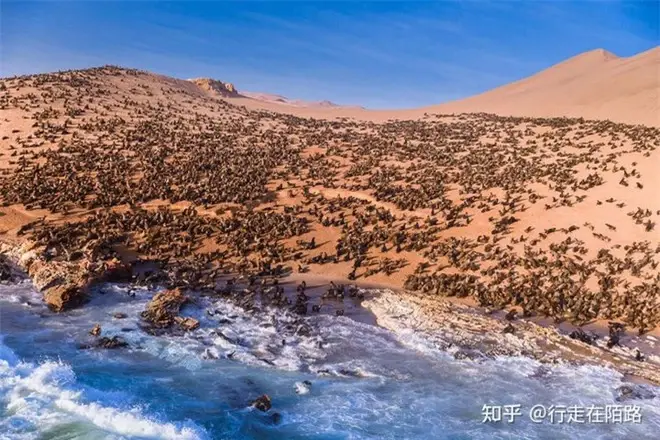The Skeleton Coast, a remote and desolate stretch of shoreline in southwestern Africa, remains a hauntingly beautiful reminder of humanity’s ultimate powerlessness against nature and time. Spanning 1,500 kilometers with an inland area of roughly 20,000 square kilometers, this coastline is renowned for its stark beauty, treacherous conditions, and its reputation as one of the most isolated and perilous coastal areas in the world.


A Land of Desolation and Danger
According to Professor Hannah, a German geologist traveling from Etosha National Park to Skeleton Coast, “Although Namibia is relatively safe and offers vast spaces for tourism development, this coast remains relatively untouched due to its many hidden dangers.” The extreme heat and aridity of the Namib Desert, combined with the frigid currents of the Atlantic Ocean, create an unforgiving environment where restoration and habitation seem nearly impossible.

Skeleton Coast’s notoriety stems from the countless shipwrecks that litter its shoreline. Visitors to the area can witness the wreckage of numerous vessels, a stark testament to the dangers of its turbulent waters and unpredictable currents. Along the coast, additional threats abound in the form of wandering lions, scavenging hyenas, and no fewer than 11 species of sharks lurking offshore.

The Origin of the Name
The name “Skeleton Coast” originates from an incident in 1933, when a plane flying from South Africa to the United Kingdom crashed near the coast. Local fishermen, upon learning of the rescue mission, reportedly said, “Don’t bother; if you find the pilot, he will be a skeleton.” The term “skeleton” in the local dialect referred to “bones”, and the name stuck.
Namibian officials later extended the name to the coastline stretching from Lüderitz to Port Alexandria, encompassing a 490-kilometer uninhabited zone of salt marsh desert. While the southern section is accessible to the public, the 475-kilometer northern section remains largely off-limits, requiring a rigorous three-step approval process for entry.


Historical Significance
The Skeleton Coast holds a dark chapter in Namibian history. German colonial forces, seeking diamonds in the early 1900s, exploited the region’s natural resources extensively. By the 1940s, the diamond mines had contributed 40% of Namibia’s GDP, but overexploitation left them severely degraded. In 2010, Namibia restricted tourism to within 5 kilometers of mining sites to preserve their historical integrity, allowing access only to those with special permits.


Abundant Marine Life and Isolation
Despite its ominous reputation, the Skeleton Coast harbors one of Africa’s densest seal populations, benefiting from the lack of human activity. With no settlements, pollution, or significant human threats, seals flourish along the pristine shoreline. Additionally, the coast is rich in marine resources, with abundant fish stocks due to its dangerous waters, which even the most experienced captains hesitate to navigate.


Shipwreck Graveyard
The Skeleton Coast is infamous as a “ship graveyard,” with over 1,051 documented shipwrecks along its southern stretch. The total number exceeds 3,000 when including the northern region, where many wrecks have been swallowed by shifting sands. These disasters often occurred during an era of primitive navigation technologies. Strong ocean currents, submerged reefs, and sudden sandstorms drove vessels aground, leaving sailors stranded in an inhospitable desert teeming with predators like lions and hyenas.





Two Major Causes of Shipwrecks
- Navigational Challenges: Before modern navigation, vessels faced the region’s fast currents and hidden reefs, which caused frequent groundings. Surviving sailors faced extreme desert conditions with little hope of rescue, further exacerbated by predatory wildlife.
- Climate and Weather: The Skeleton Coast’s unique climate arises from the clash between the hot Namib Desert and the cold Atlantic Benguela Current. This collision produces year-round winds reaching force 8, capable of driving ships into the rocky shoreline and rendering navigation nearly impossible.


Modern-Day Preservation
While dangerous, the Skeleton Coast has become a sought-after destination for adventurous travelers. Its untouched environment, combined with its eerie beauty and historical significance, makes it one of Namibia’s most unique landmarks. Today, permits and guided tours offer limited access, ensuring its preservation while allowing visitors to glimpse its haunting splendor.






